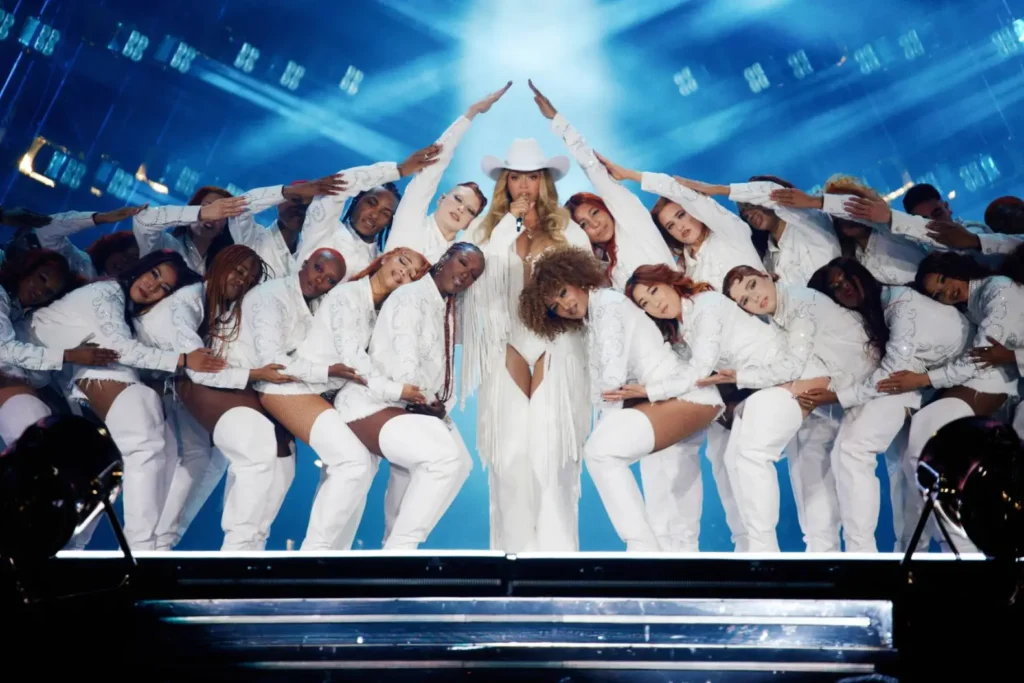
The energy of a live performance is something truly special, isn’t it? That palpable buzz in the air, the shared experience with fellow audience members, the raw talent unfolding right before your eyes. Whether it’s a stadium concert, a Broadway show, a comedy gig, or a local band in a cozy venue, live entertainment holds a unique magic. But as technology continues its relentless march forward, and as our ways of interacting and consuming media evolve, what does the future hold for this cherished form of human connection? Let’s pull back the curtain and explore some exciting possibilities.
Blurring the Lines: Physical and Digital Experiences
One of the most significant shifts we’re already seeing, and will undoubtedly continue to witness, is the increasing integration of digital elements into live events. Think beyond just a livestream for those who couldn’t be there. Imagine:
- Augmented Reality (AR) Overlays: Point your phone at the stage during a concert, and suddenly dynamic visuals, artist information, or even interactive elements appear layered on your screen. Imagine seeing lyrics floating above the singer or virtual dancers joining the performance.
- Personalized Experiences: Your ticket could unlock exclusive digital content, behind-the-scenes footage, or even allow you to vote on song choices in real-time via an app. Venues might leverage data to tailor lighting, sound, or even merchandise offers to individual preferences.
- Hybrid Events: The pandemic accelerated the trend of hybrid events, combining a live, in-person audience with a robust online experience. This accessibility opens up performances to a global audience, creating new revenue streams and fostering a wider sense of community.
Immersive Worlds: Beyond the Stage
The future of live entertainment could also see a move towards more immersive and interactive experiences that break down the traditional barrier between performer and audience:
- Interactive Theater and Performances: Imagine storylines that evolve based on audience choices, or performers who seamlessly integrate audience members into the narrative. This could range from escape room-style theatrical productions to interactive dance performances where your movements influence the show.
- Virtual Reality (VR) Concerts and Shows: While nothing truly replicates the feeling of being physically present, VR offers the potential for incredibly immersive experiences. Imagine attending a concert on the moon or having a front-row seat to a historical play from the comfort of your living room. Advancements in haptic technology could even add a sense of touch and presence.
- Experiential Venues: Future venues might be designed with greater flexibility and technological integration, allowing for dynamic transformations and personalized environments. Think of spaces that can morph from a concert hall to a theater to an interactive gaming arena with the touch of a button.
The Power of Community and Connection
Despite all the technological advancements, the fundamental human desire for connection and shared experiences will remain at the heart of live entertainment. Technology will likely serve to enhance these connections, not replace them:
- Building Digital Communities: Online platforms and social media will continue to play a crucial role in fostering communities around artists and events. Imagine virtual meet-and-greets, online fan forums integrated into live streams, and opportunities for audience members to connect and share their experiences in real-time.
- Hyper-Local Experiences: On the other end of the spectrum, we might see a resurgence of interest in hyper-local, community-based live entertainment. Smaller, more intimate venues and events that foster a strong sense of local connection could thrive.
- Ethical Considerations: As technology becomes more integrated, ethical considerations around data privacy, accessibility, and the potential for digital divides will need careful attention to ensure that the future of live entertainment is inclusive and equitable.
The Encore is Yet to Come
The future of live entertainment is dynamic and full of exciting possibilities. While technology will undoubtedly play a significant role in shaping how we experience performances, the core essence – the connection between artists and audiences, the thrill of a shared moment – will endure. We’re on the cusp of a new era where the boundaries of live entertainment are expanding, offering more immersive, personalized, and accessible experiences than ever before. The curtain is rising on a fascinating future, and I, for one, can’t wait to see what the next act holds.
